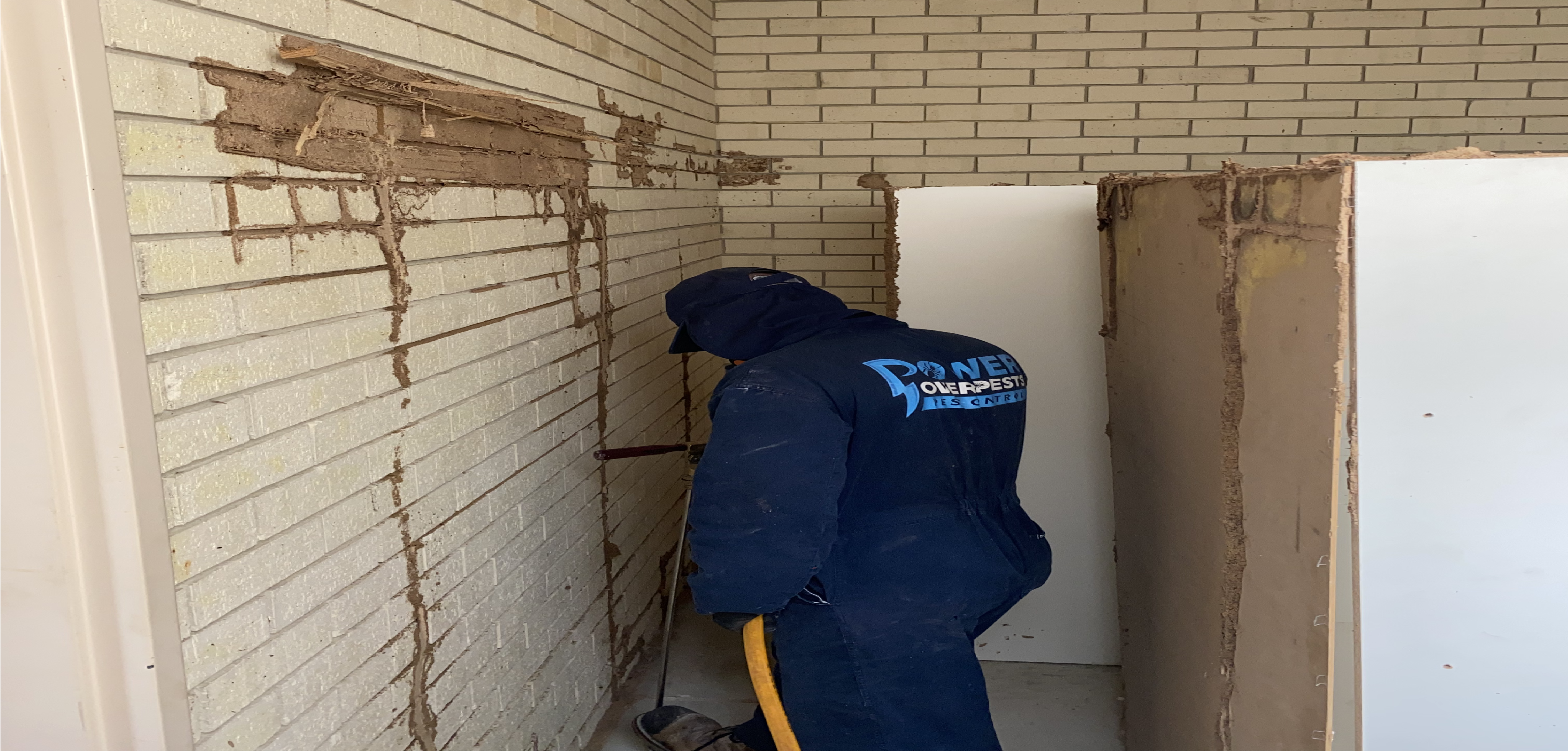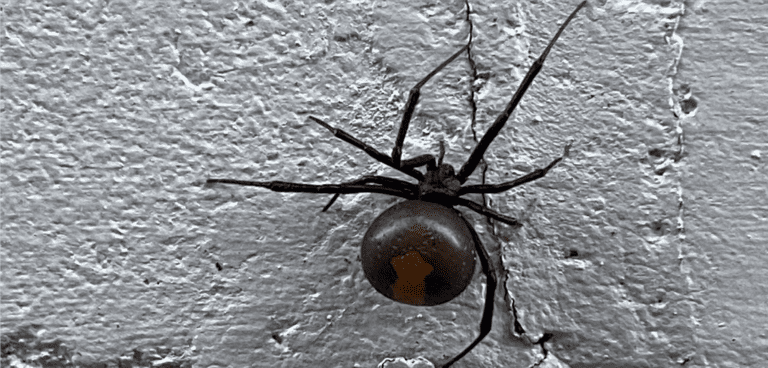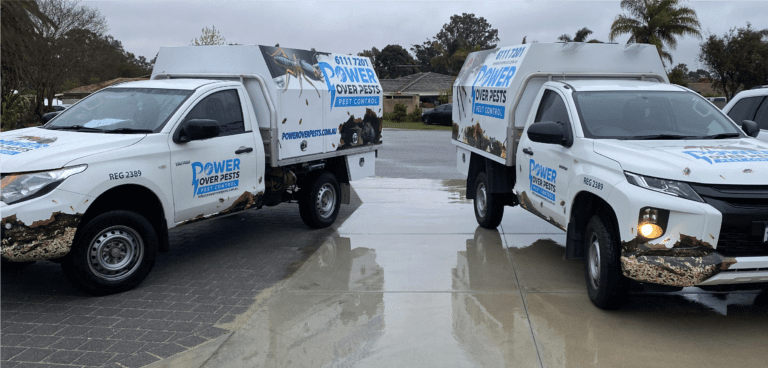A termite infestation can cause quite the headache—and rack up quite the bill if it’s not caught in time. While they are nicknamed the “white ant,” termites cause much more damage than ants do. Termites consume wood at all costs, even if it causes significant structural problems with your home!
There are three main types of termites homeowners need to worry about. Subterranean termites live underground and venture outside to find wood. Dampwood and drywood termites live within—you guessed it—damp wood and dry wood, respectively. As they feed, termites create tunnels called “termite galleries” and small holes used to enter and exit the wood.
There’s an extra challenge when it comes to detecting termites. They like to operate in the darkness. This means that while they create tunnels, they leave a thin layer that makes the surface appear untouched. Thankfully, there are a few signs to help you determine if you have a termite problem:
Warped Doors and Windows
If you notice that a door or window gets stuck when it didn’t before, you should investigate. Termites produce moisture as they consume wood, which causes warping. It’s easiest to detect warping in doors and windows since you use them every day. Additionally, termites often target door frames and window frames first because the exposed wood is easier to access.
Discarded Wings
Termite colonies include workers, soldiers and swarmers. The latter are responsible for reproducing during certain cycles of the year. Termite swarmers discard their wings after finding a mate. Their pale-colored wings are between a quarter inch to a half inch long. On occasion, you might find a whole termite body. Whether it’s dead or alive—don’t dismiss it!
Termite Droppings
Aside from the occasional wing, termites leave behind droppings known as “frass.” Droppings are easiest to detect from drywood termites as they push it out of their tunnels. You’ll find what looks like dark powder or black marks near the area they’re occupying. If you have subterranean termites, unfortunately, droppings won’t help you—they use frass to build their mud tunnels.
Mud Tunnels
Speaking of mud tunnels, this is another telltale sign of termites. Subterranean termites build mud tunnels or tubes to protect themselves as they travel between their nest and your home. Inspect the foundation of your home for these tunnels. They’ll be the same color as your soil and about the width of a pencil.
Unusual Sounds
Listen closely and you might be able to hear termites inside your walls. They make a distinct clicking sound when they chew through wood. Soldier termites will bang their heads against wood or shake their bodies if they detect danger. Additionally, wood surfaces that should be solid may sound hollow when you knock on them.
Seek Termite Treatment Immediately
Due to its climate, Perth is a high-risk area for termites. If you suspect they’ve infiltrated your home, it’s imperative to take action immediately. Find a pest control technician in the Perth area to provide termite treatment and inspect your home. Power Over Pests has years of experience eradicating pests from properties in Perth and always puts clients first.


